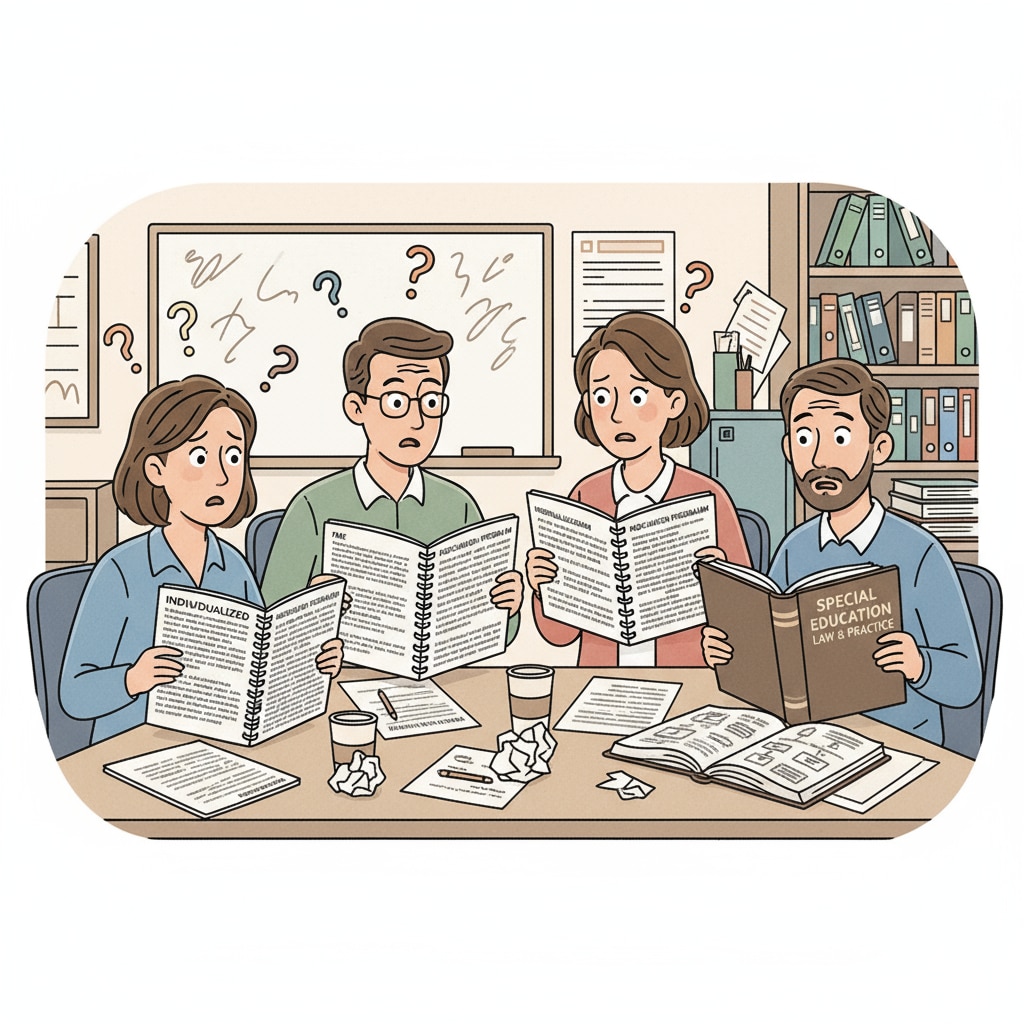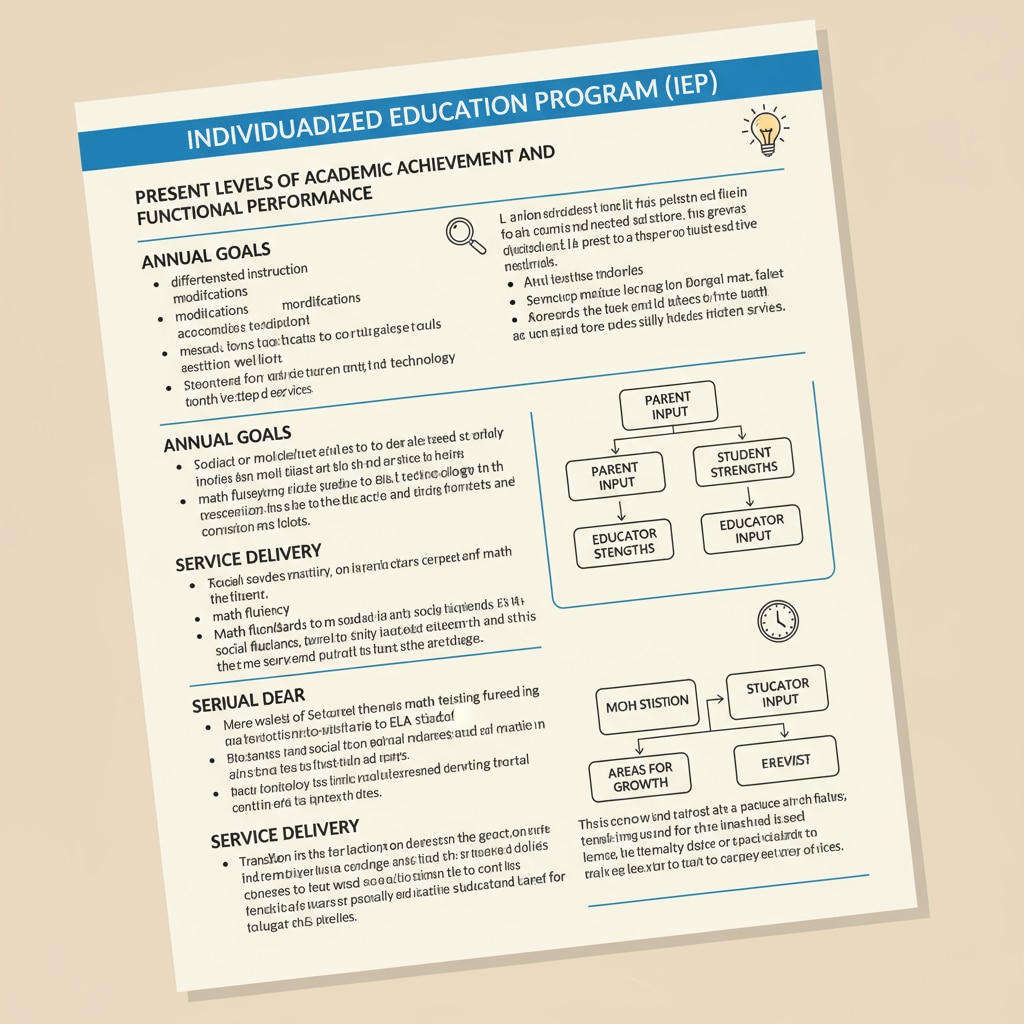Special education teachers frequently encounter comprehension difficulties when dealing with Individualized Education Programs (IEP). This complex document is a cornerstone in providing tailored support to students with special needs, yet many educators find themselves lost in its intricate details.

Understanding these challenges is the first step towards effectively using IEP to enhance the educational experience of these students.
The Complexity of IEP Documents
IEP documents are filled with specialized jargon and technical terms. For example, concepts like “present levels of academic achievement and functional performance” can be bewildering to new teachers. According to Understood.org, these terms are essential for precisely defining a student’s needs, but they often act as a barrier to quick understanding. Additionally, the legal language used in IEPs, which is designed to protect the rights of students with disabilities, can make the document seem more like a legal contract than an educational plan.

Lack of Training and Support
Many special education teachers receive inadequate training on how to interpret IEP documents. In some cases, teacher training programs may not dedicate sufficient time to this crucial aspect of special education. As a result, educators may not fully grasp the process of translating the goals and objectives in an IEP into effective teaching strategies. The support system for teachers, such as mentorship and professional development opportunities, can also be lacking. Without proper guidance, teachers may struggle to make sense of the complex information presented in IEPs.
To overcome these difficulties, special education teachers can take several steps. First, they should seek additional training and resources. There are numerous online courses and workshops available that focus specifically on IEP interpretation. For example, the Council for Exceptional Children offers valuable professional development opportunities. Second, teachers can collaborate with colleagues. By sharing experiences and insights, they can gain a deeper understanding of how to approach IEPs. Finally, building a relationship with parents can also be beneficial. Parents often have valuable knowledge about their child’s needs, which can help teachers better understand the goals outlined in the IEP.
Readability guidance: The paragraphs above use short sentences and simple language to enhance readability. Lists and examples are provided to clearly present the main points. Transition words like “additionally,” “as a result,” and “finally” are used to make the flow of the article more logical.


